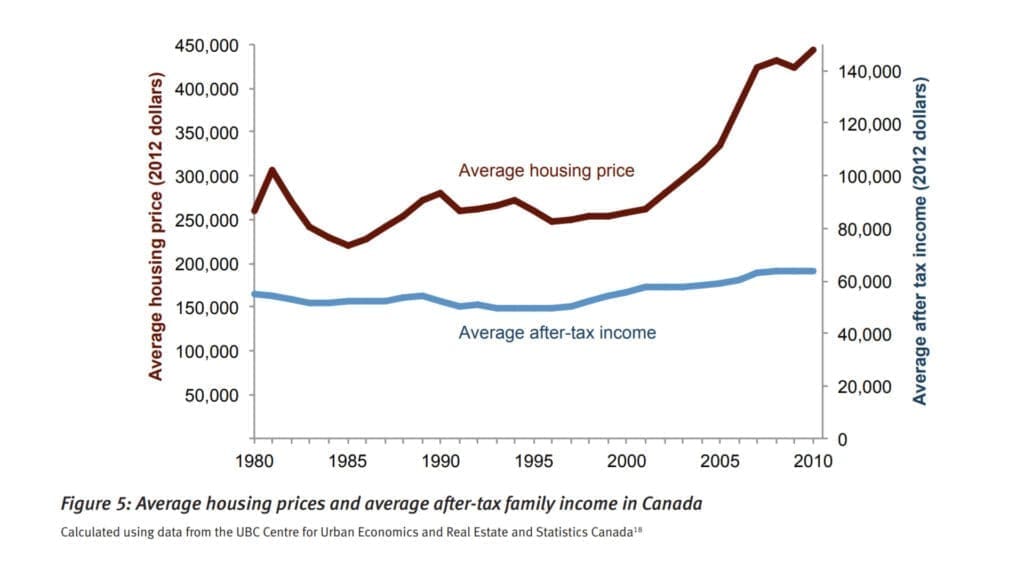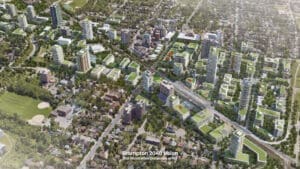Our success as a society is about keeping people healthy and safe, engaged in the economy and contributing to their community. Unfortunately, the number of people on the brink of homelessness, utilizing the shelter system or living in encampments are all at crisis levels. How did we price people out of housing?
Our population in Brampton grew in the 1980s at a rate that was matched by the number of homes we could build at a price that was affordable. Mortgage payments for a house was about 30% of the average annual household income, even with high inflation. Today, mortgage and rent payments are much higher as a percentage of our income and we are not keeping pace in the number of homes being built for our growing population. Combined with inflation, many are challenged to pay their monthly bills. Saving for a down payment for a home in the 7 figures is next to impossible for those just starting out or unable to get a good paying job.
This housing crisis affecting all of Canada is even more acute in Brampton as more people choose to live here. Our population is expected to grow by 250,000 people in less than 2 decades. That is the equivalent of adding the combined populations of Victoria, Fredericton and St. John’s (the capital cities of 3 Canadian provinces). Ontario’s population is projected to increase by 43.6 per cent, or almost 6.6 million, over the next 24 years, from an estimated 15.1 million in 2022 to 21.7 million by 2046. The demand for housing will continue to be high for at least the next 2 decades.
Average Housing Prices and Average After-tax Family Income in Canada
Source (link):
Priced Out: Understanding the factors affecting home prices in the GTA (Page 10)
© Royal Bank of Canada and the Pembina Institute
Who is affected and what are we doing
Brampton, Mississauga and Caledon pool our resources through the Region of Peel to oversee human and health services related to housing, mental health and social assistance. The situation is dire:
- 91,000 households are living in “core housing need” where dwellings are considered unsuitable, inadequate or unaffordable and only 19% of this need is being addressed by Peel
- Affordable housing remains overburdened and underfunded
- Emergency shelters are operating above 300% capacity
- Influx of asylum seekers adds pressure on the shelter system
- Encampments have risen by 167%, putting people at risk
- Increased mental health issues related to homelessness or risk of homelessness.
As the housing crisis persists in Brampton and across Peel, an increasing number of individuals and families find themselves without adequate shelter and turn to makeshift encampments as a last resort.
Further exasperating the crisis is the provincially legislated dissolution of the Region of Peel that comes into effect in January 2025. This creates uncertainty on who and how we can respond locally post-dissolution.
Despite upcoming uncertainty both the Region of Peel and the City of Brampton are taking action immediately by expediting housing subsidies, support, and homelessness prevention. Securing partnerships with community agencies ensures that direct and immediate support can reach those who need it most, such as women and children fleeing violence.
Gender Based Violence was declared an epidemic in Peel and Brampton. Organizations like Armagh House provide comprehensive wrap-around services and housing support that addresses this epidemic. Unfortunately, the provincial government does not provide funding for transitional housing for these women and children, yet they do fund transitional housing that supports criminals leaving prisons. While we continue to push for provincial support, municipalities are scraping to find the resources to keep important programs going.
Reacting to the housing crisis by addressing homelessness is a band-aid solution which does not address the root cause of the problem. Municipalities are struggling to solidify funding from other orders of government while also being tasked to rapidly plan, approve, and support the building of new housing. Brampton can no longer sustain suburban single-detached growth like we did just a few decades ago when my parents moved to Canada. Many single-detached and semi-detached homes in our neighbourhoods have been organically transforming into multi-unit dwellings by homeowners. These ‘additional residential units’ (ARUs) are now being encouraged by the provincial and federal government.
With pressures to urbanize, we need to plan for and support housing sustainably which means designing neighbourhoods that are efficient, walkable, transit oriented and cater less to our expensive car-centric culture. All orders of government realize the need to urbanize and enact policy that provides more housing faster.






